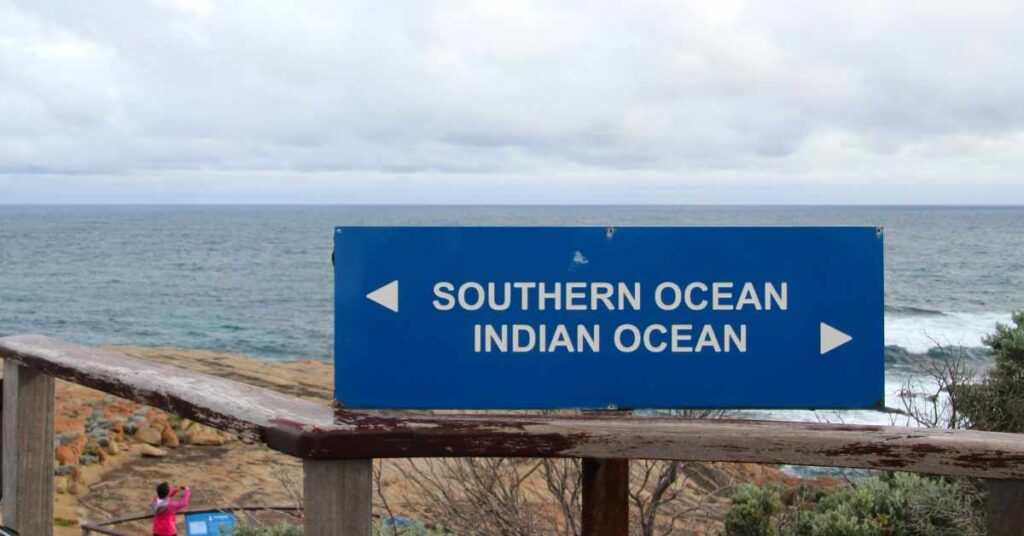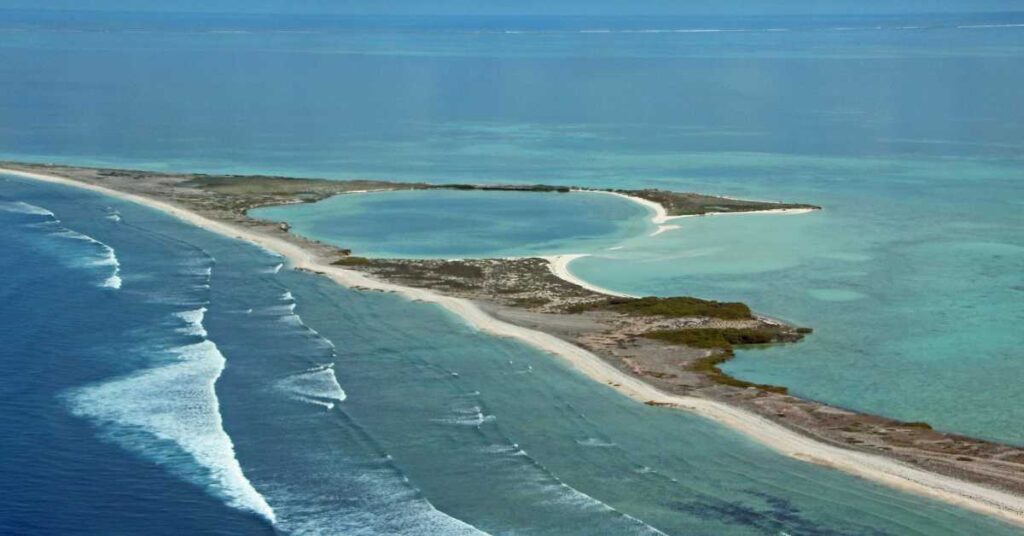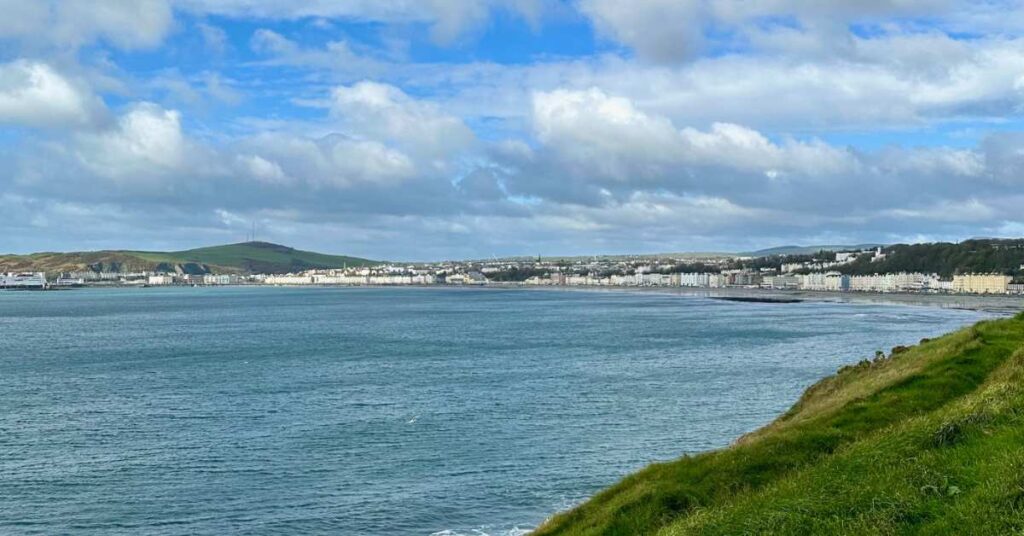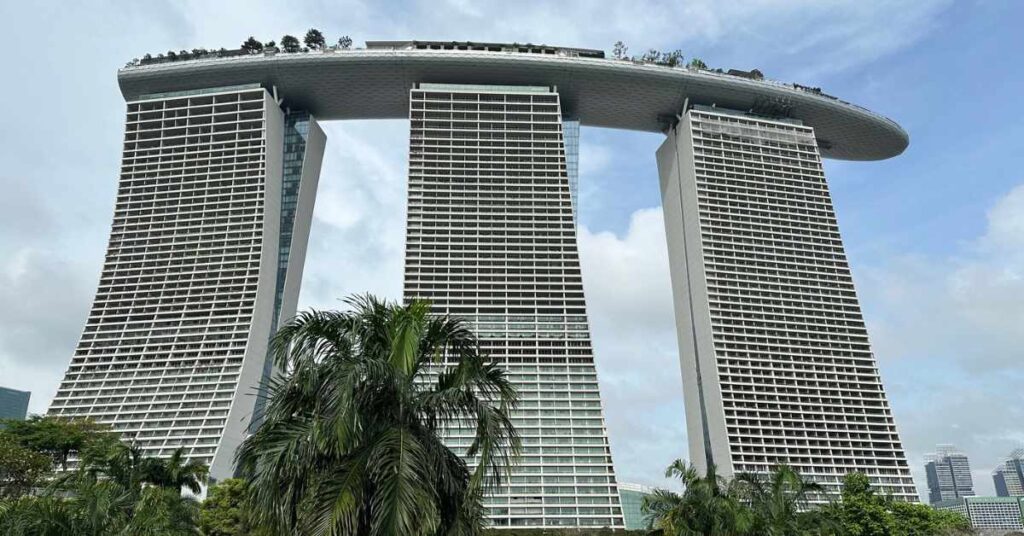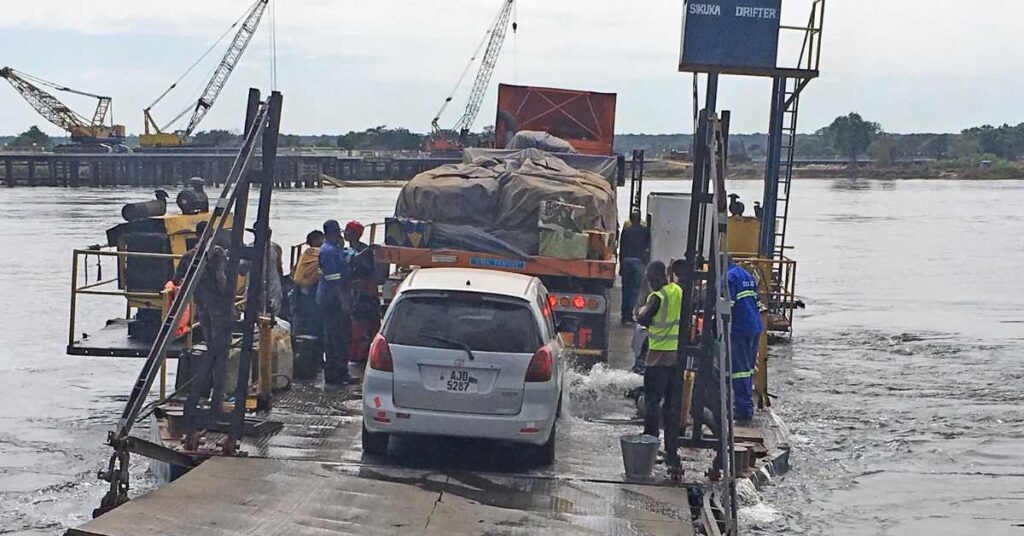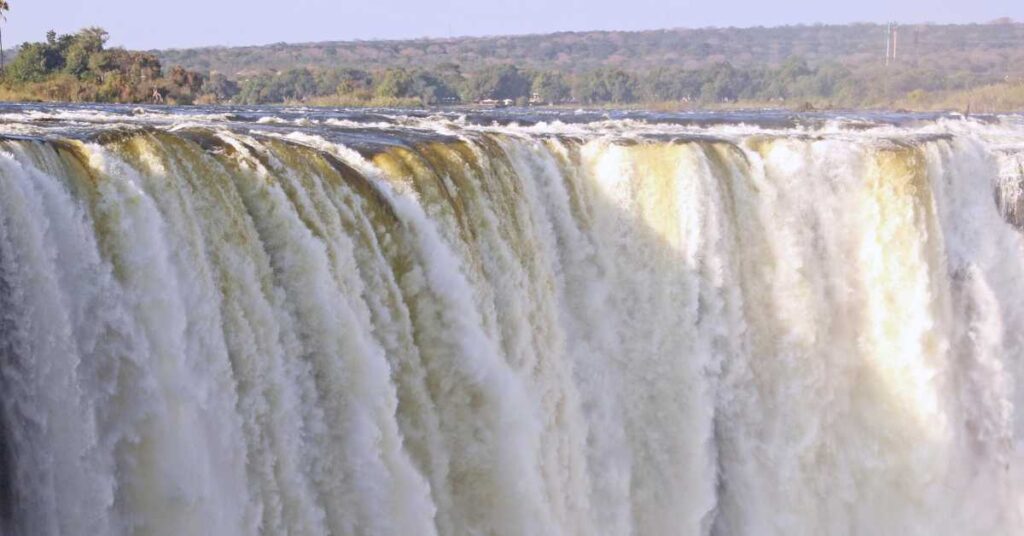My Gateway to the Abrolhos and Kalbarri – Geraldton, Western Australia
Geraldton, Western Australia – My Gateway to the Abrolhos Islands and Kalbarri I’d been in Western Australia’s capital Perth for a couple of weeks and wanted to see more of the west. It wasn’t easy picking out-of-town excursions. Western Australia is huge, and east, south, north – each direction is so different from the others. One place I knew I wanted to visit was Cape Leeuwin in the south, where the Southern and Indian Oceans meet. So, I took a day trip, and while it was well-organized and covered all the high spots there and back, it was a heck of a long day, especially so because we – all of us – waited an extra half hour for the return of a couple who round-tripped the Busselton Jetty’s 1.84 kilometers against our driver’s explicit instructions (that’s more than two miles out and back). Another place I visited was Guildford, a short local train ride from Perth, and a great place to stay for visiting the Swan Valley. I went twice – different years – and enjoyed the architecture, history (a docent in the Visitor Center made absolutely sure I saw all the exhibits), lovely strolls, and afternoon tea. In any case, when I decided upon Kalbarri National Park and the Houtman Abrolhos Islands for my trip northward up the coast, I chose to stay in the small city of Geraldton. Staying in smaller cities is a great way to get to know another country or state better; and it would save me loads of time going back and forth from Perth. Staying in Geraldton turned out to be a great choice. See Around Geraldton – Kalbarri National Park, Houtman Abrolhos Islands, and Hunting Wildflowers for more info about the park and islands! Geraldton is just over four hours from Perth by car or bus, or a short flight. Maps suggested all the in-town sights were walkable, so I flew and skipped the car hire. I don’t know whether this is still the case, but then, as our flight approached Geraldton, the cabin crew took a head count of passengers needing taxis. The flight crew called ahead, and the waiting taxi drivers identified us by seat number. Be attentive, and press the call button if asked, or you could be out of luck. I didn’t see another taxi until the one I’d arranged for ahead of time picked me up the day I flew back to Perth. Hailing a taxi on the street didn’t seem to be a thing in Geraldton. But it was OK; I had intended to be on foot. Still, I’ve spent plenty of time in beach towns and should have known that a town right on the coast will spread along the shore. And Geraldton does spread. So, sometimes getting around, such as to the Museum of Geraldton, or to Priceline pharmacy on my shredded toes for more Elastoplasts (adhesive bandages), was a long hike. Still, a car wasn’t essential although I could have spent more time in the places I visited than in walking there and back; but this was kind of a split decision with myself – one side of me said car, the other side said no car. We see which side won, and I did get better at plotting routes, combining visits, learning the back ways, and discovering more about Geraldton. And think of all the steps I toted up. Getting My Bearings Because I planned to visit Geraldton on foot, before leaving Perth I picked a place to stay that looked close to what I thought of as center. It was generally central, but Weelaway House was closer to one edge of center, and most of my destinations were on the other edge, up the shore. Still, I enjoyed Weelaway, a comfortable, historic house (1862) in a real neighborhood. When I arrived, check-in was DIY; I had clear instructions to access my key box as no one would be there to greet me the day I came. I found myself in a large parlor with my room just down the central hall. At Weelaway, we could make our own breakfast from bread, spreads, coffee and tea provided in the common kitchen, and we had the nice parlor for resting after a long walk, having a chat with other guests, or just getting out of your room for some space. When I met local people and they asked where I was staying, to a person they knew Weelaway. I was the only guest without a car during my stay. As other guests drove off for the day (some to their work sites – there are a lot of peripatetic people in the WA extractive industries), I slung on my backpack and tromped into town. Until I got my bearings, I found my way back home by looking for the huge date palms in the side yard. Terrace outside my room at Weelaway. Weelaway palms In any town an obvious first thing to do is go to the local Visitor Centre, which was handily toward my end of town. And it was a good start in Geraldton – the staff were energetic and helpful, offering plenty of options even for pedestrians like me. I picked up a good map, booked a flight to the Abrolhos Islands and then went off to find food. Eating Out I never investigated Geraldton’s food scene, and didn’t even eat seafood, which seems dreadful. There are good seafood restaurants, so I suggest you be more wide-ranging in your dining than I was. But I enjoyed two good places I found early on, and so stuck with them, along with Woolworth’s for groceries. After all, I had a kitchen. My first find was Café Fleur, a few blocks along Marine Terrace from the Visitor Centre. There was a crowd (good sign), and it looked comfortable. It was getting on toward early afternoon, and good thing I didn’t waste time getting there, because the café closed about the time
My Gateway to the Abrolhos and Kalbarri – Geraldton, Western Australia Read More »

